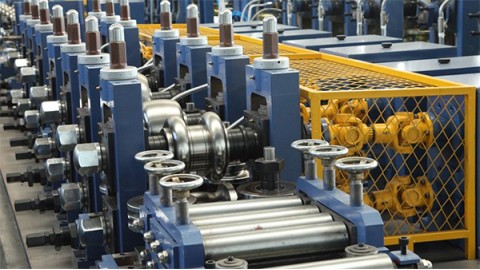The molecular formula of dichloromethane: CH2Cl2. Colorless transparent liquid, irritating odor. Slightly soluble in water, soluble in ethanol and ether. Is not combustible low boiling point solvents, commonly used to replace flammable petroleum ether and so on.
Method:
1.Natural gas chlorination: natural gas and chlorine reaction, by hydrogen absorption of hydrogen chloride by-product hydrochloric acid, with the residual liquid to remove residual trace amounts of hydrogen chloride, and then dry, compressed, condensed, distilled, finished products, including chlorine 100% 4000, natural gas Condition), methane content 97% 1000m3 / t, liquid alkali 100% 274.
2. Chloromethane Chlorination :Chloromethane and chlorine in the 4000kW light under the reaction to produce dichloromethane, through the alkali washing, Ju shrink, condensation, drying and distillation products. The main by-product of chloroform. Methyl chloride ≥ 98% 746, liquid chlorine ≥ 99.5% 854, caustic soda 30% 221.
Industry is generally synthesized by the chlorination of methane. Methane is chlorinated to give a mixture of four kinds of methyl chloride, but since the distance between the respective boiling points is relatively large, it is convenient to separate and purify by ordinary fractionation techniques.
Use:
Dichloromethane has the advantages of strong dissolving power and low toxicity, and is widely used in the manufacture of safe film and polycarbonate. The other is used as paint solvent, metal degreasing agent, air smoke propellant, polyurethane foaming agent, releasing agent, Paint agent.
Methyl bromide as a colorless liquid, in the pharmaceutical industry as a reaction medium for the preparation of ampicillin, ampicillin and cephalosporin, etc .; that also used as film production solvent, oil dewaxing solvent, aerosol propellant, Organic synthesis extractant, polyurethane and other foam production of foaming agent and metal cleaning agent.
Dichloromethane is mainly used in film production and medicine in China. Which accounted for 50% of the total consumption of film production, 20% of the total consumption of medicine, cleaning agents and chemical industry consumption accounted for 20% of total consumption, other aspects accounted for 10%. Dichloromethane is also used in industrial refrigeration systems for use as a refrigerant, but that is highly hazardous and can produce highly toxic phosgene when exposed to open flames or burning objects. Humid air can hydrolyze to produce trace amounts of hydrogen chloride, and light can also promote hydrolysis and enhance the corrosiveness of metals.




